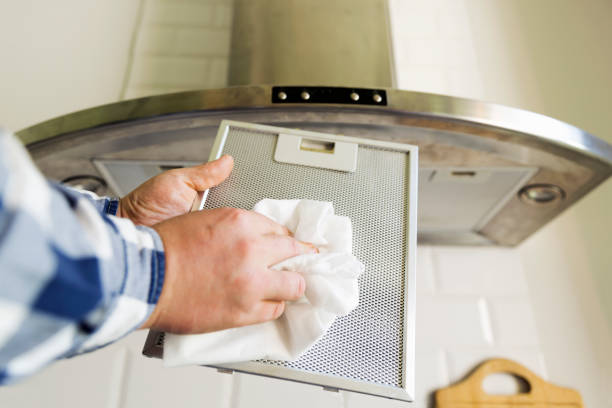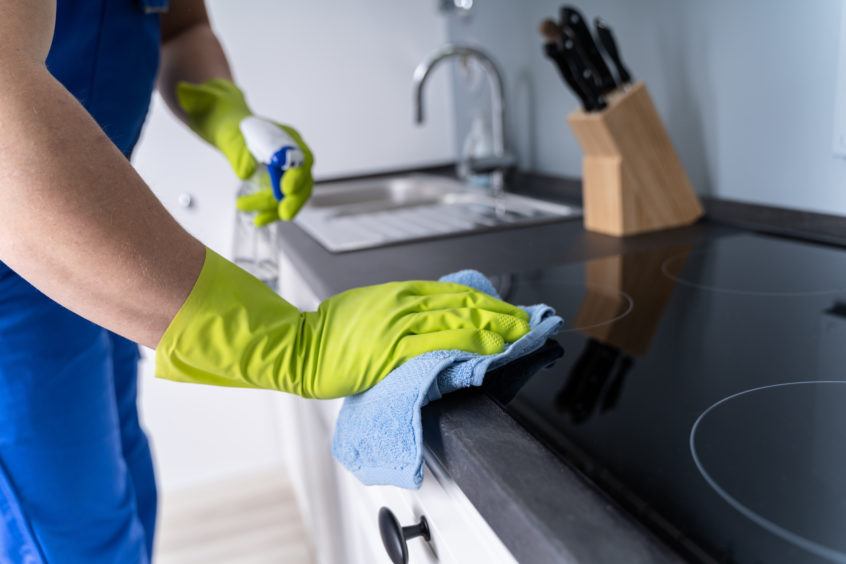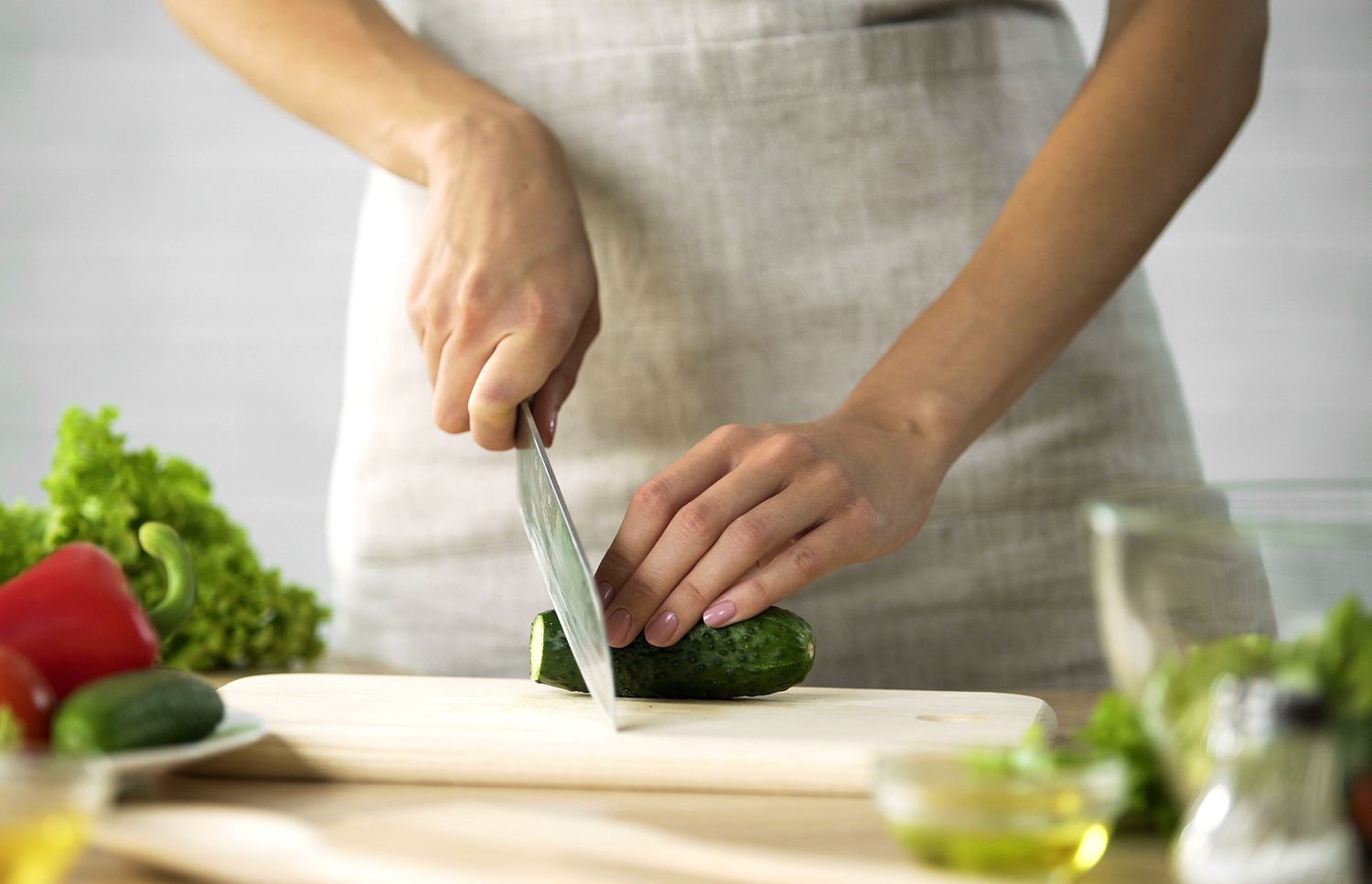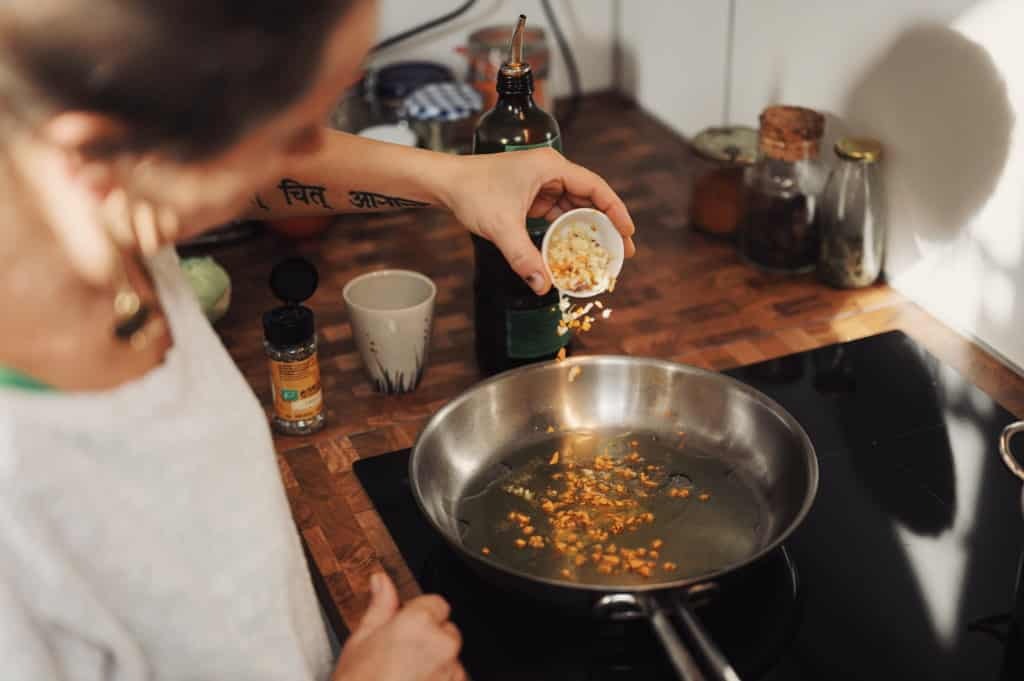As a kitchen professional, the functionality and maintenance of your cookware are paramount. One common issue that often arises is the quandary of a sticky cast iron skillet. You might wonder, 'Why is my cast iron sticky?' This situation can be both frustrating and perplexing, especially when you aim for an effortless cooking experience. Lets delve deeper into this issue, exploring various reasons behind sticky cast iron and how to alleviate such concerns.
Understanding the intricacies of cast iron care is essential for achieving a smooth and effective cooking surface. A well-seasoned skillet is a kitchen staple, and knowing how to maintain it ensures longevity and optimal performance. In this article, we will address why your cast iron may be sticky and offer solutions to restore it to its intended state.

Signs of a Sticky Cast Iron
Before identifying the causes, lets discuss the signs that indicate your cast iron is sticky. If your food sticks more than usual, or if you notice a tacky residue on the surface, these are clear indicators of the problem at hand.
The Science Behind Seasoning
To comprehend the reasons for stickiness, it's crucial to grasp the concept of seasoning in cast iron. Seasoning involves layering a fat or oil on the surface of the skillet, polymerizing it to create a natural non-stick finish. If this process is mishandled, it may lead to a sticky finish, rendering your skillet ineffective.
Improper Seasoning Techniques
One frequent mistake is applying too much oil during seasoning. When the oil accumulates excessively and doesnt properly polymerize, it can lead to a sticky surface. For ideal results, ensure you heat your pan adequately and wipe away any excess oil before the seasoning process.
Poor Cleaning Methods
Your cleaning routine also significantly impacts the stickiness of your cast iron. Utilizing soap or scouring pads can remove the protective layer and lead to a sticky residue. Always opt for gentle cleaning methods, like hot water and a stiff brush, to maintain your skillets seasoning.
The Role of Temperature
The temperature you utilize during both cooking and seasoning plays an important role in achieving and maintaining a non-stick surface. Too low a temperature during cooking can lead to food sticking, contributing to the overall issue. Likewise, when seasoning your skillet, a correct temperature allows for proper oil polymerization, crucial for a non-stick finish.
How to Fix Sticky Cast Iron
Now that we understand the causes of stickiness, lets explore remedies for restoring your cast iron to its once pristine state:
Re-seasoning Your Cast Iron
The best solution to fix a sticky skillet often resides in re-seasoning. Follow these steps:
- Begin by cleaning your skillet thoroughly with hot water and a brush. If necessary, use coarse salt to scrub off stubborn spots.
- Dry the skillet completely to prevent rusting and retain seasoning.
- Apply a thin layer of oil (flaxseed or canola oil works well) and wipe off the excess to ensure even coverage.
- Heat the skillet upside down in the oven at 450F for an hour, allowing the oil to bond correctly.
- Allow it to cool in the oven before taking it out.
Considering the Environment
Humidity can also affect the seasoning of cast iron. If you're in a damp environment, you may need to adjust your maintenance routine. Store your skillet in a dry spot, and consider adding a layer of paper towel between the skillet and its lid or other cookware.
Using Cooking Sprays Wisely
If you find yourself using cooking sprays, be cautious. Many sprays contain additives that can lead to a sticky residue. Instead, opt for traditional oils or fats such as butter or lard for a non-stick effect without the risk of stickiness.
Best Practices for Maintaining Cast Iron
Maintaining your cast iron skillet can prevent the frustration of stickiness:
- Always maintain the right oil quantity during seasoning.
- Avoid using soap and scouring pads during cleaning.
- Heat your skillet beforehand before adding oils or fat.
- Store your skillet in a dry area, and consider light seasoning after each use.
Additional Resources
For further information on cast iron care:
- Check out how to keep cast iron from rusting.
- Learn how to get burnt food off cast iron effectively.
- Review steps on cleaning your cast iron skillet.
FAQs
1. Can I use soap on my cast iron skillet?
No, soap can strip the seasoning of your skillet. Instead, opt for hot water and a brush for cleaning.
2. How often should I season my cast iron?
It varies; typically, re-seasoning is recommended when you notice stickiness or after a thorough cleaning.
3. What type of oil is best for seasoning cast iron?
Flaxseed oil and canola oil are popular choices due to their ability to create a strong polymerized layer.

Conclusion
Having a sticky cast iron skillet can be a hassle, but once you grasp the reasons behind it and implement the right practices, your cookware can serve you for years to come. Understanding and maintaining your cast iron is key to a successful culinary experience. By taking the time to care for your skillet, youre investing in your craft and ensuring every cooking endeavor is a delight.
This article contains affiliate links. We may earn a commission at no extra cost to you.






Leave a comment
This site is protected by hCaptcha and the hCaptcha Privacy Policy and Terms of Service apply.